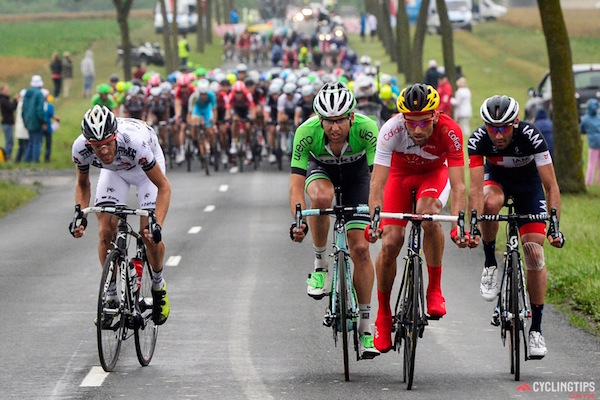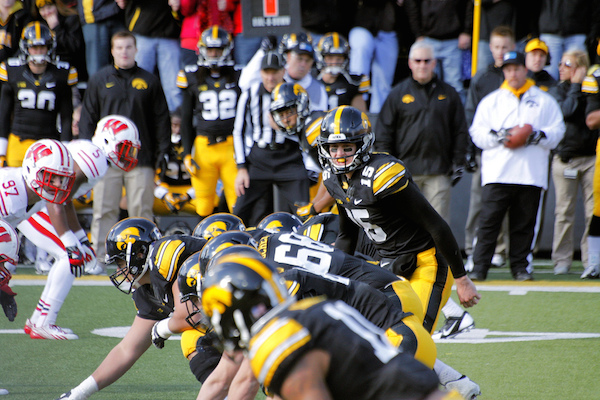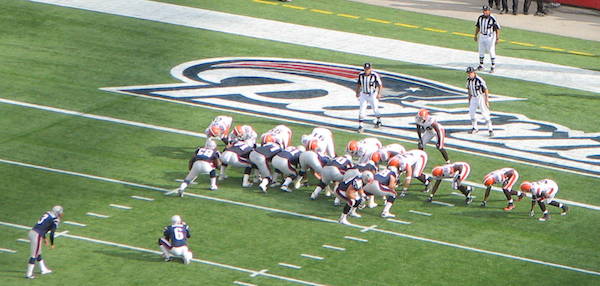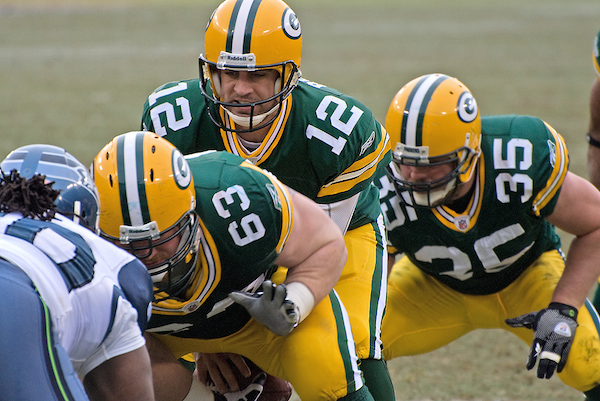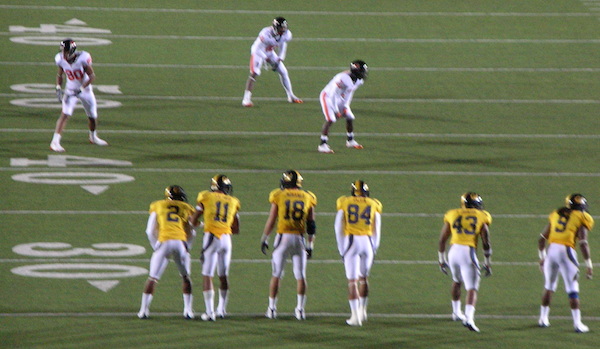Dear Sports Fan,
I’ve been watching the baseball playoffs this year (for a change) and enjoying them. I heard the announcers talking about a pitcher having trouble because he was “tipping his pitches.” What is tipping pitches in baseball?
Thanks,
Wynell
— — —
Dear Wynell,
When a pitcher tips his pitches, he is doing something, however small, during his preparation to throw a pitch that gives a clue to the batter about what type of pitch he is going to throw.
Although just hitting a baseball thrown at 100 miles per hour may seem virtually impossible to laypeople like you and me, it’s not the primary challenge for major league baseball players. Every professional player can handle the speed, it’s the difference in speed that gets them. Pitchers are able to vary how hard they throw dramatically from one pitch to the next. Imagine timing your swing for a 100 mph pitch only for the next one to come in at 80% of the speed and moving from left to right or up to down as it flies. The variety of speed and movement of a pitch is what challenges major league hitters.
Imagine, however, that before the pitch even started coming at them, a hitter knew what speed and movement to expect. That would make hitting a lot easier! One common concern in this area is that the hitting team will somehow “steal the signs” that the catcher sends the pitcher about what pitch he should throw. Stealing signs is against the letter of the law in baseball, but is generally understood to be happening most of the time. Watching for a pitcher to tip is pitches is totally allowed and must be happening constantly, but for some reason gets talked about less.
The mechanics of watching for a pitcher to tip a pitch are both simple and complex. The concept is simple: look for any small difference in a pitcher’s movement when he prepares to throw one type of pitch vs. another. (Although many pitchers throw more than two pitches – two-seam fastball, four-seam fastball, curveball, slider, cutter, etc. it seems like the biggest advantage is to know whether a pitch is going to be a fastball or an “off-speed” pitch.) The complexity comes from just how small the differences might be. After all, pitchers are a part of this arms race too and routinely scour their routines for any give-away tells or tips.
The best explanation I found of what hitters look for when trying to discern how a pitcher is tipping his pitches came from Carlos Peña. It’s well worth watching!
My favorite part of that video are the hints that Peña give about the psychological battle between hitter and pitcher. I love the idea of a pitcher knowing how the batter thinks he is tipping his pitches and then using that knowledge to manipulate his expectations even further. And I’m quite sure there are times when a hitter is chuckling to himself about how obviously a pitcher thinks he knows how the hitter can tell what pitch he’s about to throw and thinks he’s doing a good job of pretending he’s about to throw something else, but…
Thanks for reading,
Ezra Fischer


